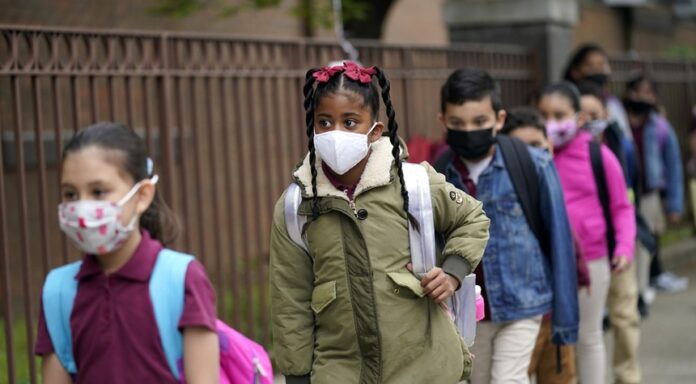The kids are not doing well. The preliminary results of the state Board of Education’s last-year test results showed a system in crisis. The results were released by the Department of Elementary and Secondary Education (DESE). It warned us that we should not “review data through an informative lens.” Three out of four Missouri students who are low-income scored below grade level in math and English/language art (ELA) assessments, and more than four out of five Black students did the same, is it okay to look at the data through this informational lens?
Missouri children are eligible to apply for kindergarten. This will allow them to start their education. They only get one chance in third grade. If they want to be competent readers, they will need to be able to understand the material before they can move on to fourth grade. They have one chance to prepare for high school where they will be expected to learn independently.
We need honesty from DESE now. The majority of eighth-graders entering high school this fall are below grade level in math or ELA. By most, I mean that nearly 70% of eighth-graders did not reach proficiency in math last spring. Can we really believe that these high school students will succeed in their high schools? Are they likely to be able to breeze into Algebra 1 ready for solving for x?
Missouri’s legislature passed a record $10.4 billion budget to DESE for the coming school year. This includes more than $3 billion in federal COVID-19 stimulant funds. This year, we are in fact awash with money – probably more than $18,000 per student if you include the $5 billion in local taxation.
According to its presentation to the Board of Education, DESE plans to use some of the money to provide teachers with evidence-based reading and math training, address teacher retention and recruitment, and investigate the results. Although these efforts are admirable and necessary, it doesn’t appear that there is a sense of urgency. According to DESE, Missouri students must wait until teachers get up to speed.
Imagine if every student in the state was given a bank account with their name on it, where the state would deposit $10,000 to $15,000 depending on their needs. This money could be used to pay for traditional public schools, charter schools, private schools, homeschools, or any combination. Do we think 3 out 4 families of low income or 8 out 10 Black families will accept that their children can’t reach grade level with these resources? I don’t think so.
To see where we are going, you don’t have to be a pro at it. According to the latest reports, 99 percent of state’s public schools will remain “fully accredited” for at most a few more years. This seems very disconnected from the results of the tests in the past few years. Talk of a drastic decrease in funding for public education if federal stimulus funds that are intended to address specific pandemic needs, is what I expect. Unfortunately, DESE’s new accountability (MSIP 6), is even less robust than MSIP 5. Therefore, I expect a positive spin (or downright delusional!) from DESE regarding school and district performance in the future.
Perhaps the state Board of Education fears that naming a school district “low performing” or giving it an “F” or “D” grade will make those in the system feel bad. Worse, they might be afraid that the legislature will not increase DESE funding if they are honest about the dire state of some schools and districts. I don’t know. However, I do know that Missouri children are on the verge of extinction. They can’t afford to waste any more years of platitudes and denials over the facts.
Susan Pendergrass, the Show-Me Institute’s director of education and research policy, is Susan Pendergrass.




